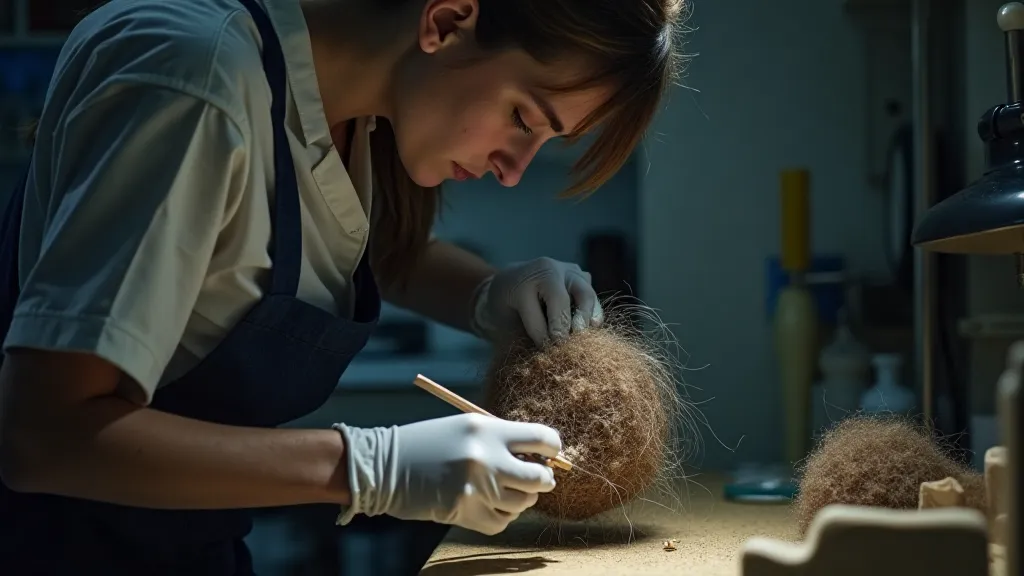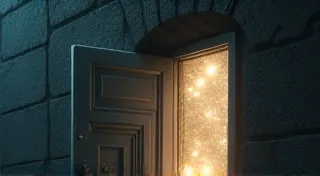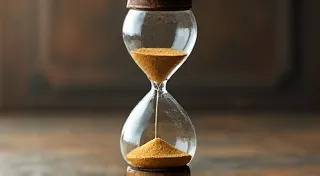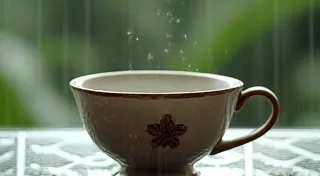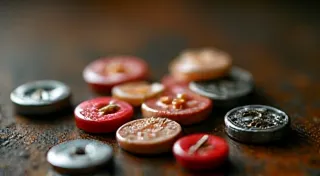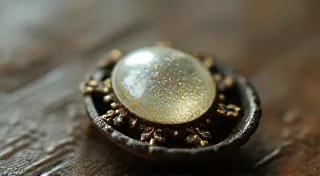The Fading Narrative: Challenges in Preserving Victorian Hair Art
There's a quiet fragility to Victorian hair art. It isn’t the grand, imposing fragility of a crumbling castle, but something more intimate, more heartbreaking. It's the fragility of memory, of emotion woven into delicate strands of human hair, meticulously arranged into portraits, wreaths, and intricate designs. To hold a piece of Victorian hair art is to hold a whisper from the past, a tangible connection to lives lived, loves lost, and grief profoundly felt. But these whispers are fading, threatened not by time in the conventional sense, but by the very delicacy that makes them so profoundly beautiful. Preserving these treasures presents unique and complex challenges, demanding a level of expertise and sensitivity often difficult to find.
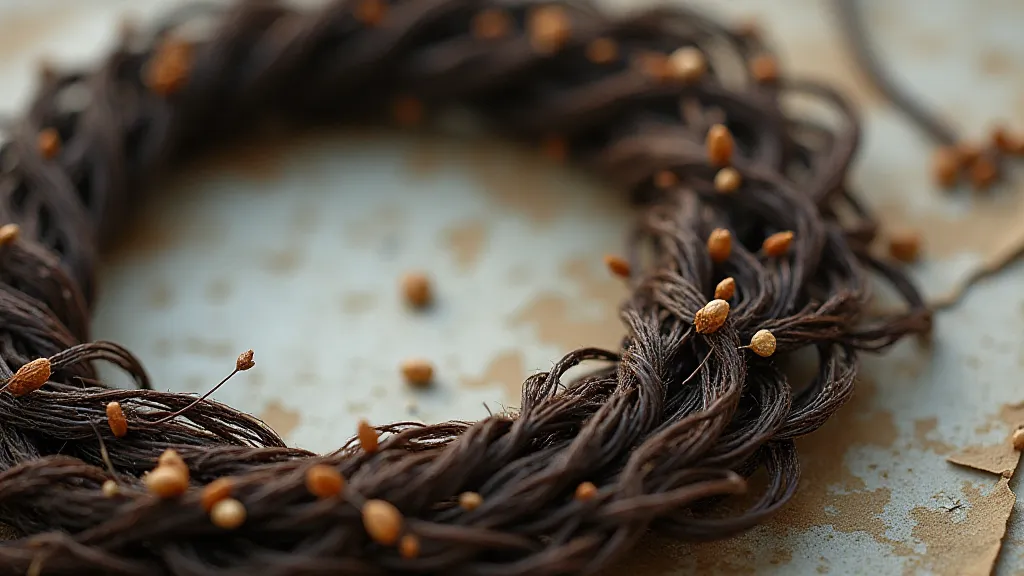
A Tangible Grief: Understanding the Historical Context
To truly appreciate the challenges of preservation, we must first understand the historical context. Victorian hair art wasn't simply a whimsical craft; it was a powerful expression of grief. The Victorian era was marked by high mortality rates, particularly among children. Elaborate mourning rituals were commonplace, and hairwork became a popular, deeply personal way to memorialize the deceased. A lock of hair, cut from the departed, was considered a sacred object, imbued with their essence. It was incorporated into jewelry, frames, mourning brooches, and elaborate pieces of art, serving as a constant reminder of loss and a tangible link to the loved one who was gone.
Imagine a mother losing a child. The grief must have been overwhelming, a crushing weight upon the soul. Cutting a lock of their child’s hair, carefully preserving it within a woven portrait, wasn’s about creating a beautiful decoration. It was a way to hold onto something, anything, of the person they’d lost. These art pieces aren't simply crafts; they are deeply emotional artifacts, windows into the private sorrows and heartfelt connections of a bygone era. The very act of creation was therapeutic, a way to channel grief and find solace in the meticulous, repetitive process.
The Delicate Dance of Preservation: Challenges in the 21st Century
The materials used in Victorian hair art—primarily human hair, paper, fabric, and occasionally ivory or jet—are inherently fragile and susceptible to degradation. The hair itself is vulnerable to light, moisture, and handling. It can become brittle, discolored, and prone to breakage. Paper, often used as a backing or a canvas, yellows and becomes brittle over time, susceptible to foxing (brown spots caused by mold) and tears. Fabric linings often fray and deteriorate. Add to this the common use of glues and adhesives, which often degrade, releasing corrosive chemicals that damage the hair and surrounding materials.
The preservation process isn’t as simple as dusting and storing. Direct sunlight causes irreversible damage, causing the hair to fade and become more fragile. High humidity encourages mold growth and weakens the paper. Even well-intentioned handling – picking up a piece to admire it – can cause the delicate hair strands to snap or the paper backing to tear.
Specific Threats & Complex Restoration Attempts
One of the biggest challenges arises from past “restoration” attempts. In the early 20th century, sometimes even earlier, restorers, often lacking the expertise we have today, would attempt to “repair” damaged pieces using techniques that are now considered detrimental. They might apply varnish or lacquer to the hair, intending to protect it, but these coatings often trap dirt and moisture, accelerating deterioration. Similarly, they may have used harsh chemicals to clean the pieces, further weakening the materials.
Even identifying the original materials can be difficult. Early hair dyes were often unstable and have significantly altered the color of the hair over time. Determining whether a piece contains natural human hair, or horsehair (a cheaper alternative sometimes used), requires careful microscopic examination. The type of hair significantly impacts preservation strategies; human hair behaves differently than animal hair under various treatments.
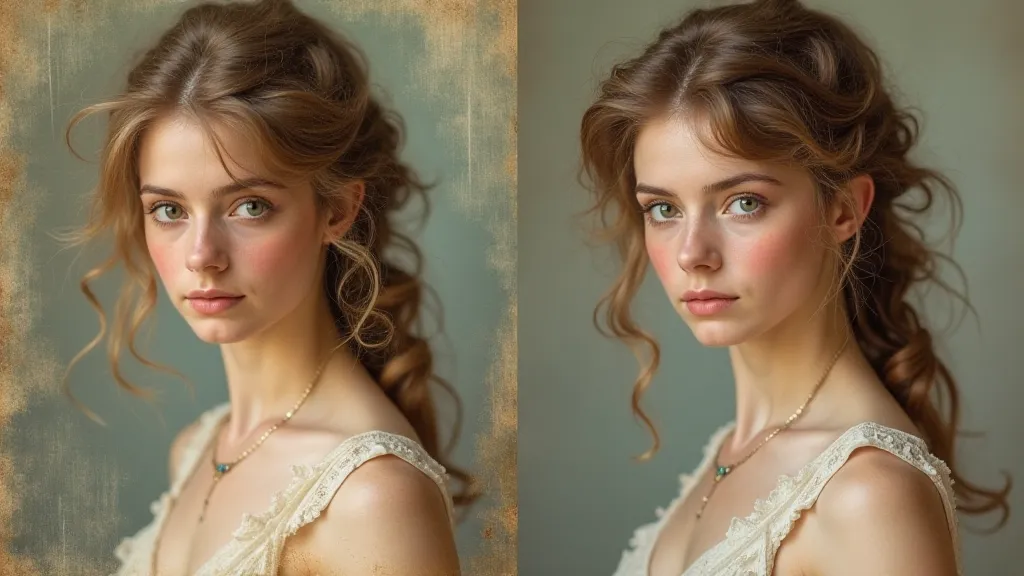
The Ethical Considerations of Intervention
The question of whether or not to intervene at all is a crucial ethical consideration in the preservation of Victorian hair art. Should we strive to restore these pieces to their original appearance, or should we accept and document their aged condition, preserving the evidence of their history? There's a strong argument to be made for minimal intervention. Over-restoration can erase the piece’s historical integrity, stripping it of its unique story and the poignant evidence of its past.
Modern conservators adhere to strict guidelines regarding reversibility. Any treatment applied should be able to be undone without causing further damage. This often means employing less invasive techniques, such as surface cleaning with specialized sponges, consolidation of fragile hair strands with archival adhesives, and stabilization of the paper backing using Japanese tissue paper and wheat starch paste. Even these seemingly benign actions require years of specialized training and a deep understanding of material science.
The Future of Preservation: A Call for Expertise & Appreciation
The survival of these delicate treasures depends on a renewed appreciation for their historical significance and a commitment to employing appropriate preservation techniques. We need more trained conservators specializing in textile and paper conservation, with a particular focus on historic hairwork. Museums and historical societies have a vital role to play in documenting, preserving, and educating the public about these remarkable artifacts.
But it’s not just the responsibility of institutions. Collectors and enthusiasts who own these pieces also have a responsibility to learn about proper storage and handling practices. Avoiding direct sunlight, maintaining stable humidity levels, and refraining from excessive handling are simple steps that can make a significant difference. Ultimately, preserving Victorian hair art is about more than just saving physical objects; it's about safeguarding a vital piece of our cultural heritage – a fading narrative of love, loss, and enduring memory. It’s about honoring the skilled hands that created these pieces and the heartfelt emotions that inspired them.
